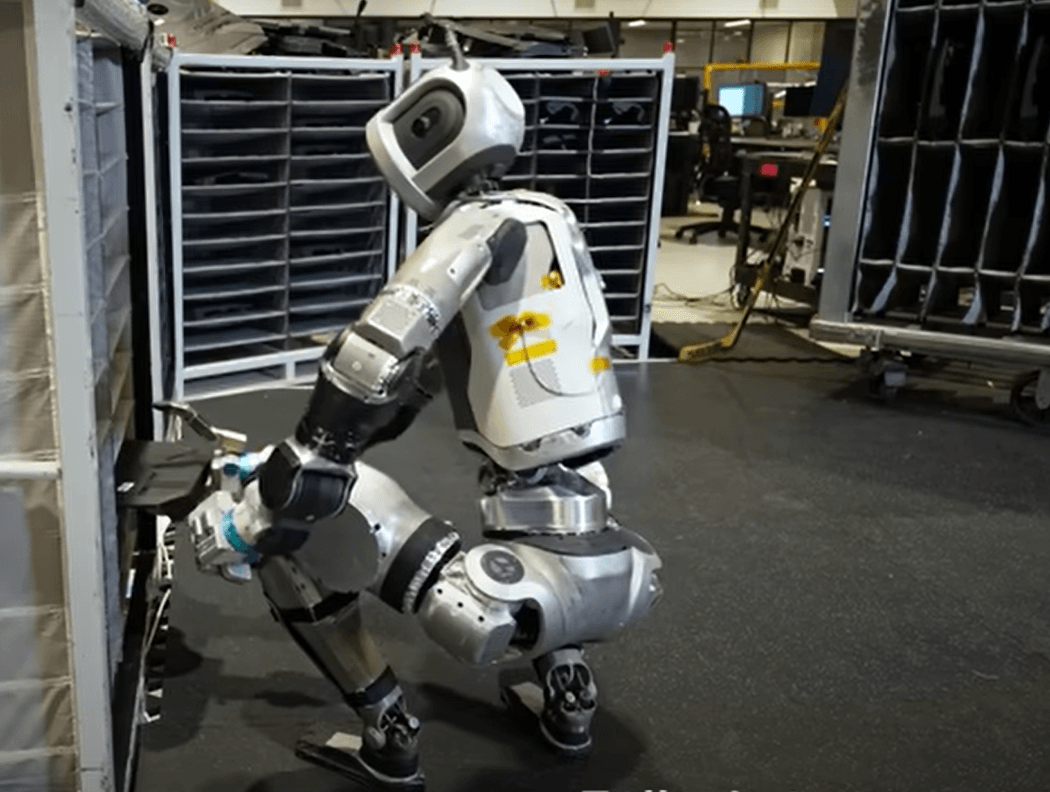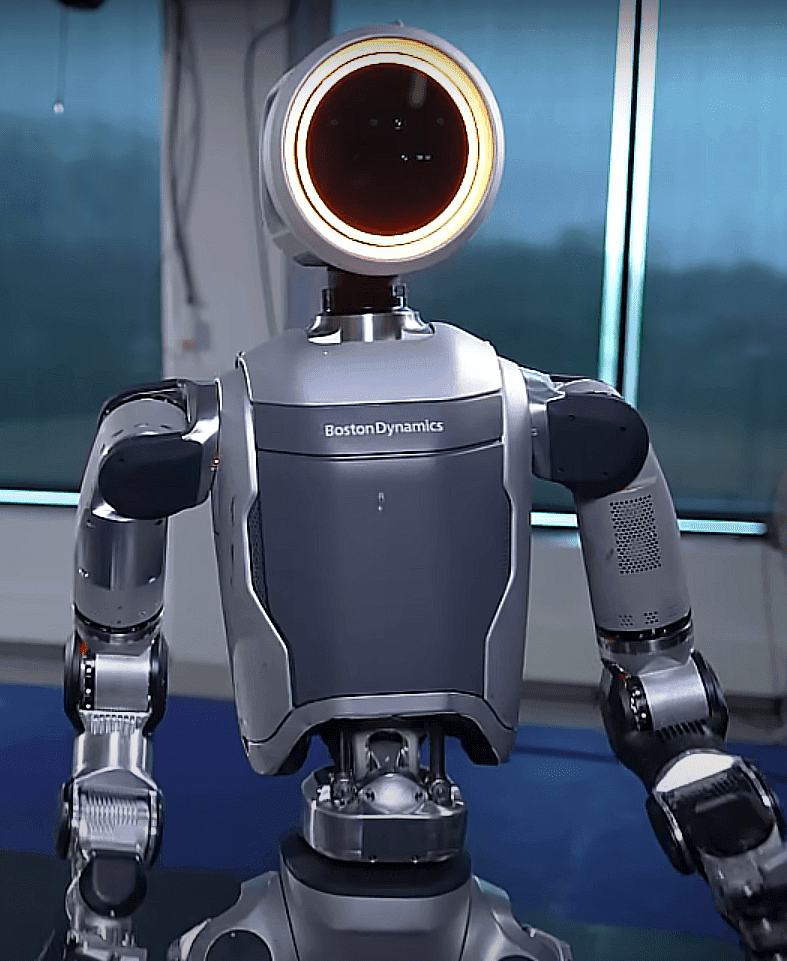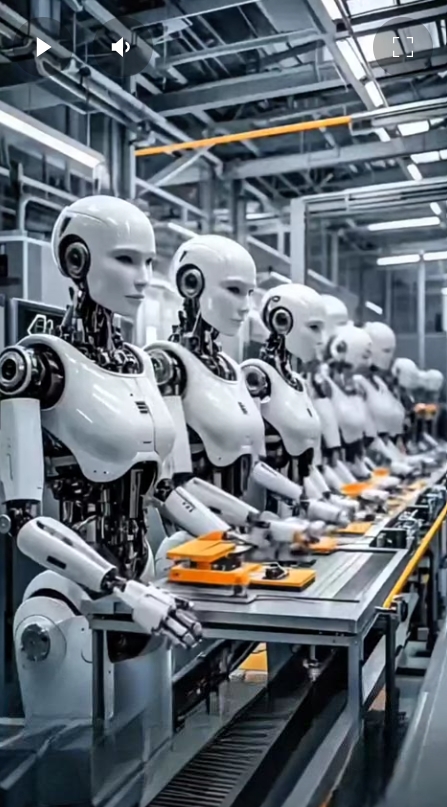In the ever-evolving world of robotics, Boston Dynamics’ Atlas is once again at the forefront of innovation. In its latest demonstration, the humanoid robot showcased its ability to autonomously move engine covers between containers and mobile sequencing dollies. This task, while simple in concept, highlights groundbreaking advancements in robotics, machine learning, and automation.
How Atlas Performs Its Tasks
At its core, Atlas relies on a meticulously trained machine learning (ML) vision model. This model enables the robot to detect and localize key environmental features, such as fixtures and individual bins, with remarkable precision. The robot’s workflow begins by receiving a list of bin locations—essentially a task map dictating the parts it needs to move. From there, Atlas takes complete control, autonomously executing each movement without external guidance or teleoperation.
Advanced Grasping and Object Handling
One of the standout features of Atlas is its specialized grasping policy. A “grasping policy” refers to the set of algorithms and strategies the robot uses to handle and manipulate objects. This policy enables Atlas to autonomously detect, grasp, and move objects without dropping or mishandling them.
In essence, the grasping policy is what allows Atlas to perform complex tasks independently and react to unexpected situations in real-time. This is how Atlas is able to handle complex objects like engine covers with a delicate yet firm grip. To ensure accuracy, Atlas continuously estimates the state of the objects it manipulates. Whether it’s aligning the engine cover with a bin or adjusting for slight shifts in position, the robot’s ability to adapt in real-time sets it apart from traditional industrial robots.

What Sets Atlas Apart
Unlike many robots that rely on pre-programmed or teleoperated movements, Atlas generates all its motions autonomously in real-time. This capability allows it to function effectively in settings where precision and adaptability are critical. Whether it’s handling fragile items or navigating tight spaces, Atlas’s ability to think and react like a human sets a new benchmark for industrial robotics.
Sensing and Adaptability in Dynamic Environments
What makes Atlas truly remarkable is its ability to operate seamlessly in dynamic and unpredictable environments. The robot utilizes a combination of:
- Vision Sensors: To detect and localize objects and changes in the environment.
- Force Sensors: To measure pressure and ensure safe handling.
- Proprioceptive Sensors: To understand its own posture and balance.
These sensors work in harmony to help Atlas respond to challenges such as:
- Shifting Fixtures: Adjusting its movements when the environment changes.
- Task Failures: Reacting to errors like a failed insertion attempt.
- Collisions: Identifying and recovering from unintended impacts.


Implications for Industrial Automation
The skills demonstrated by Atlas could revolutionize industries such as manufacturing, logistics, and supply chain management. By automating repetitive and labor-intensive tasks, robots like Atlas can:
- Improve efficiency and reduce operational costs.
- Minimize workplace injuries by taking on hazardous tasks.
- Ensure consistent quality in production processes.
As Atlas continues to evolve, its applications are likely to expand, offering solutions for increasingly complex challenges in automation.
Atlas as a Vision of the Future
Atlas’s hands-on demonstration is more than just a technical marvel—it’s a glimpse into the future of robotics and industrial automation. Its ability to combine machine learning, real-time sensing, and advanced grasping capabilities positions it as a trailblazer in the field. As these technologies mature, we can expect a future where robots like Atlas play an integral role in industries worldwide.
What Do You Think?
What are your thoughts on the capabilities of Atlas and its role in automation? How do you see this technology impacting industries in the years to come? Share your insights in the comments below—we’d love to hear from you!
